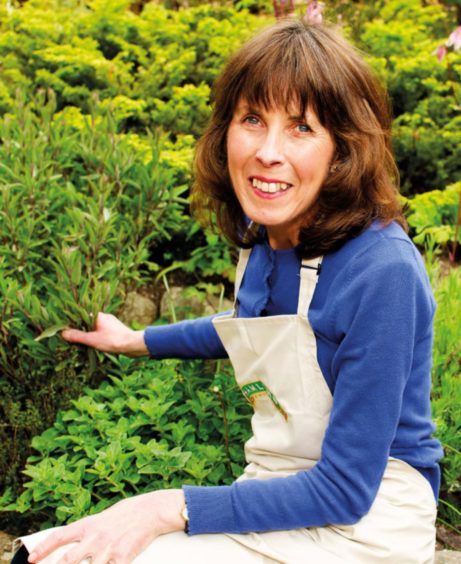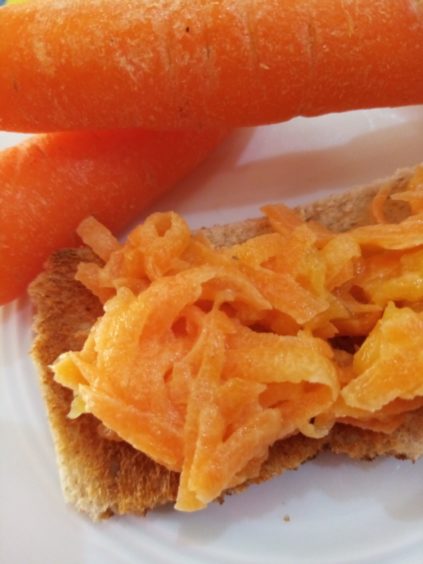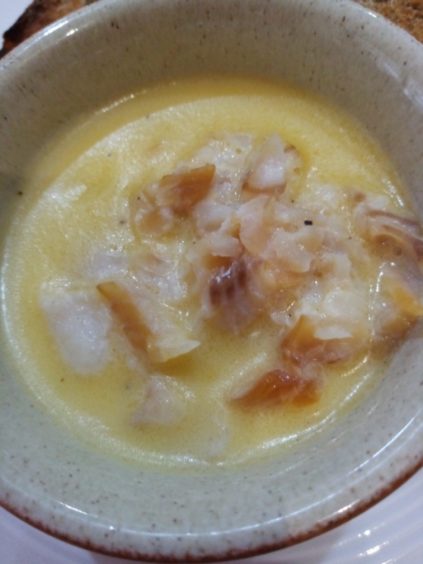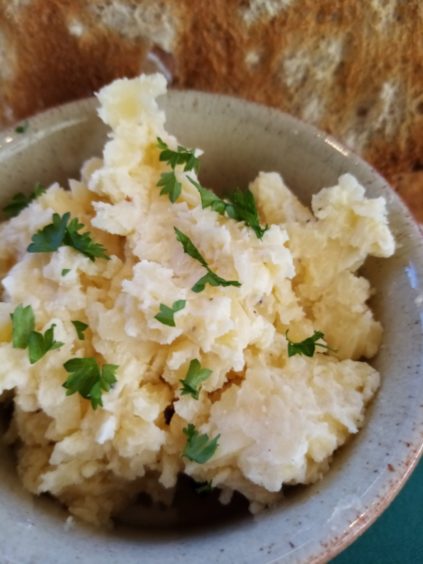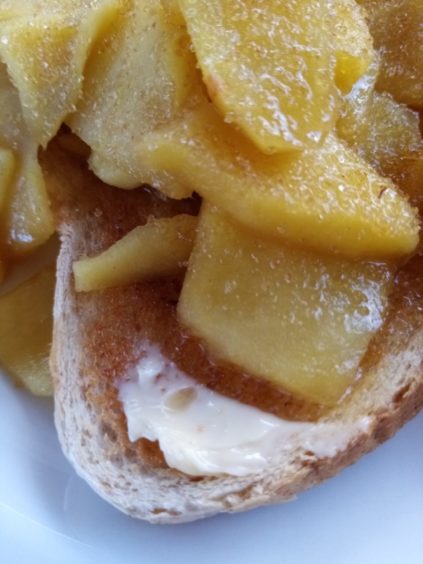Liz Ashworth is passionate about teaching children to cook, and each month, presents some simple recipes to make at home, served alongside a slice of history about Scotland’s foodie past…
Hello, my name is Liz Ashworth, from Moray, and I invite you to come with me each month on a food journey through Scotland’s kitchens of the past and present.
I often imagine what it was like to live then because it helps everything come alive in my mind. Try it as we explore how life was before cooking as we know it today.
Our time travels begin back in the “dark ages” when our ancestors sat round a stone edged fire which gave them light and heat.
The flat stones surrounding the fire became very hot so, to make their food taste better and easier to eat, they cooked fish, meat and even a primitive flat bread (called a bannock) on them as they sat there keeping warm.
Girdles
A circle of stones named “Greadeal’ gives us a clue to the origin and name of the famous Scottish flat metal baking plate called, a ‘girdle’.
This flat plate was originally hung on a hook called a swee and placed over the fire until hot, then used to bake daily bannocks and oatcakes.
Today metal girdles are made for us to bake in a similar way on modern cookers. To produce enough flour to bake the daily bread they had to grind grain by rubbing it between two hard stones; a large base stone and a small upper rubbing stone.
This primitive “flour mill” was called a quern and from this modern flour mills developed.
Back then, it was someone’s job to rub grain in the quern to gather meal to bake bread. Think how you might have felt doing that boring job. It hurt your back, knees and hands because you had to kneel for a long time, adding grain, then rubbing it between the stones back and forwards.
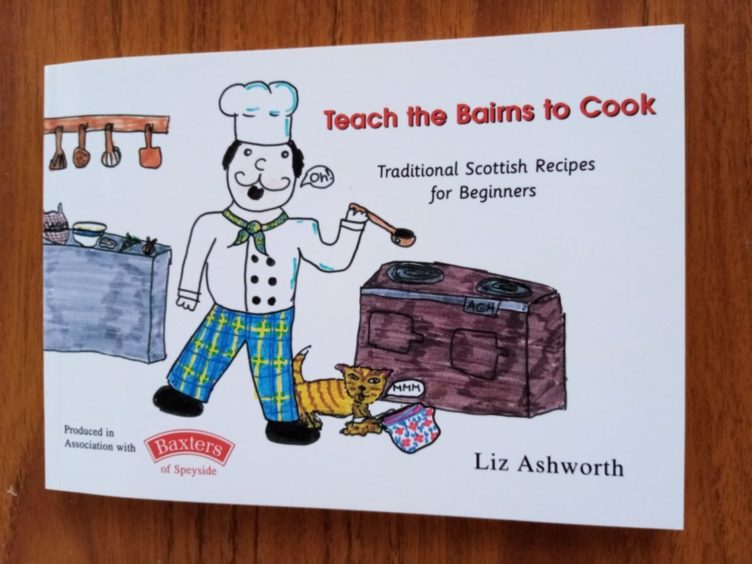
It took ages to collect enough ‘flour’, then you had to light a fire, mix and bake bread – every day – which is where the saying ‘daily grind’ comes from.
Here are some old Scottish recipes, ideal for enjoying with toast. Each month I will give away a copy of one of my cook books.
This time it is, Teach the Bairns to Cook, which is packed full of easy-to-make old favourite recipes from the past.
Please send me your contact details and one of your own recipes. I will send a copy of the book to the person whose recipe catches my imagination.
Remember there is always next month’s book to look forward to so keep cooking, baking and sending me recipes.
Carrot and cheese toast
(Serves 2)
Ingredients
- 1 medium carrot (or apple), peeled and grated
- 1 dsp (10mls) water
- 15g butter
- 60g grated hard cheese
- ¼ tsp mustard or 1 tsp chutney
- Salt and pepper to season
Method
- Put the grated carrot and water into a pan, heat and simmer slowly for three minutes to soften.
- Add the butter, cheese, mustard or chutney and cook, stirring all the time for a few minutes till the cheese melts and the mix thickens.
- Taste and season with salt and pepper.
- Divide between two slices of hot buttered toast and enjoy.
Finnan toasts
(Serves 4)
Ingredients
- 60g butter
- 185g un-dyed smoked haddock fillet
- 30g cream cheese
- Ground black pepper
Method
- Melt the butter in a pan and add the haddock.
- Cook the haddock in the butter breaking it into flakes with the back of a wooden spoon.
- Turn off the heat then add the cream cheese and a good grinding of black pepper. Stir well and put into ramekins or other small dishes.
- Chill in the fridge to set, keeps for up to four days.
- Enjoy spread on toast, Melba toast, fairy toast or oatcakes.
Potted cheese
(Serves 4)
Ingredients
- 115g leftover cheese
- 30g butter, softened
- 30g cream cheese or cream
- 1 tsp mustard or chutney
Method
- Put all the ingredients into a bowl and beat together.
- Season with salt and pepper to taste.
- Store in a sealed container in the fridge for up to a week.
Butterscotch apple toasts
(Serves 4)
Ingredients
- 30g butter
- 250g eating apples/pears or peaches – peeled, cored and sliced
- 2 tbsp demerara sugar
Method
- Melt the butter in a deep pan and add the apples to sizzle a little.
- Add 1 tbsp sugar, stir together and reduce the heat. Cover the pan and steam the apples for about three or four minutes till softened.
- Divide evenly between four slices of hot buttered toast, sprinkle with the remaining sugar and enjoy hot with yoghurt or ice cream.

